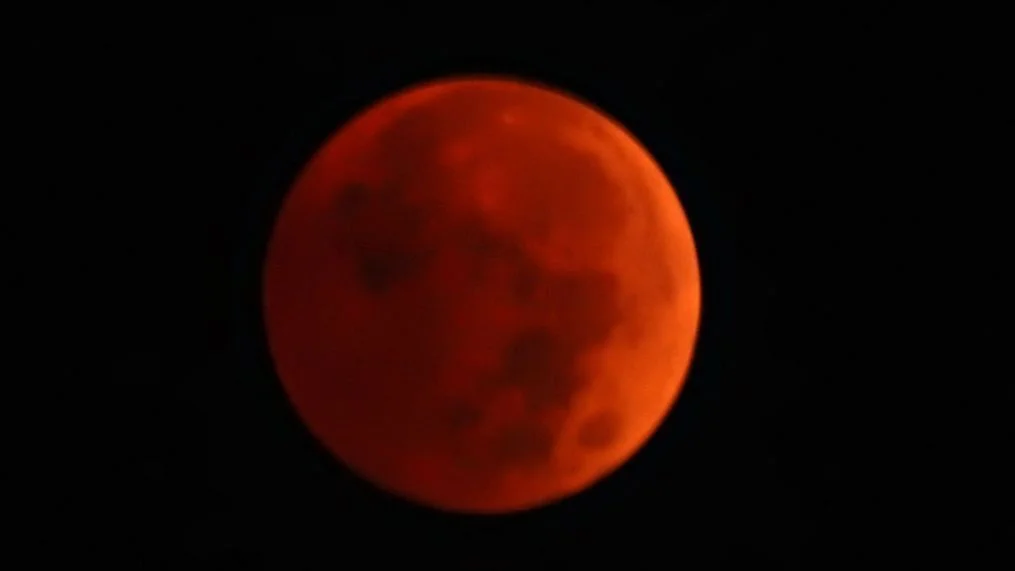
Blood Moon Lunar Eclipse to Grace Skies in March 2025
A celestial spectacle awaits skywatchers in March 2025 as a total lunar eclipse, popularly known as a Blood Moon, is set to occur. This event, which will be visible across North and South America, the Atlantic, and parts of Europe and Africa, will see the moon turn a striking red hue as it passes through Earth's shadow. The phenomenon is scheduled for the night of March 13 into the early hours of March 14, 2025.
The Blood Moon's appearance is due to the scattering of sunlight by Earth's atmosphere, which allows longer red wavelengths to reach and illuminate the moon. This upcoming eclipse is of particular interest as it echoes a similar event in 1504 that Christopher Columbus used to his advantage during his fourth voyage to the Americas. The historical significance adds an extra layer of fascination to this astronomical event.
Residents in Louisiana and other parts of the U.S. are encouraged to prepare for this viewing opportunity, with clear skies expected to offer an unobstructed view of the eclipse. This event not only promises a visual treat but also serves as a reminder of the continuous dance between the Earth, moon, and sun, echoing events from centuries past.
Related issues news
Is the lunar eclipse a blood moon?
Total lunar eclipses are commonly referred to as 'blood moons' because of the moon's tendency to turn a reddish hue when covered by Earth's shadow.
How often is a total lunar eclipse?
For an eclipse to occur, the Moon and Earth have to be on the same orbital plane with the Sun, so the Earth's shadow can be cast onto the Moon from the Sun. This is why lunar eclipses only occur on average one or two times a year instead of every month.
What time is the lunar eclipse in Florida?
What time is the March lunar eclipse in Florida? Florida has two time zones, so the Panhandle can expect to see the lunar eclipse around midnight CDT on March 14. The Florida Peninsula will see the lunar eclipse start closer to 1 a.m. EDT.
How does a blood moon happen?
During a total lunar eclipse, some sunlight passes through the Earth's atmosphere and then hits the moon's surface. Because these longer wavelengths make it through the atmosphere, the shorter wavelengths have scattered away, making the moon appear orange or red, according to NASA.